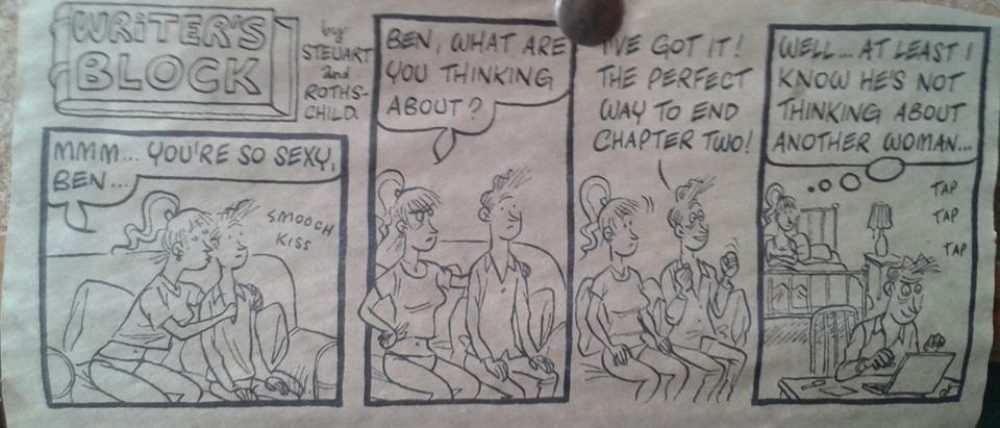Recently I revisited a pair of books I last read about 20 years ago: Vernor Vinge‘s The Peace War and Marooned In Real Time.
One is a sort-of sequel to the other and they are both linked by Vinge’s short story “The Ungoverned” (full text available). The underlying premise is one of those brilliantly simple ideas that make other authors scream “why not me??” The stories were written in the early/mid 80s. In 1997 scientists at California’s Lawrence Livermore laboratory invent a way of generating spherical and totally impervious forcefields known as bobbles. Bobbles weigh and mass the same as their contents, apparently they last forever, and once something has been bobbled it may as well be in a different universe. As not even light can get through, a bobble appears to us on the outside as a perfectly reflecting silver sphere. Anyone enclosed by a bobble, it is assumed, simply dies of asphyxiation.
The bureaucrats behind the project seize control and use the bobble effectively to take over the world. Armies, cities, submarines, nuclear missiles – anything can be bobbled at a whim. They relaunch themselves as the Peace Authority and, as they see it, end the era of war. Of course, it’s not quite as simple as that. The chaos of the takeover unleashes plagues and further wars that kill billions … but at the end of it all, the Peace Authority is in overall charge. It’s a dictatorship that tries so hard to be benign but is inevitably corrupted – not just by its power but, as Aung San Suu Kyi has put it in a different context, by the fear of losing power.
Being bureaucrats more than researchers they never looked too closely at their new toy. The Peace War is set 50 years after the takeover and a few unexpected surprises become apparent. Like, bobbles don’t last forever. The early, crude bobbles generated by the Peace Authority will burst after … well, about 50 years, plus or minus. (By the end of the novel, a new generation of technology can generate bobbles on demand for any length of time, to order.) And they don’t just enclose their contents. Bobbles are stasis fields. Time stops inside them too. You come out exactly as you went in.
There are interesting implications to this …
Marooned in Real Time takes place about 50 or perhaps several million years after the first book, depending on your viewpoint. After the fall of the Peace Authority, bobble technology comes into its own. Farmers can sow crops at any time and then bobble them up until the right weather comes along. Deep space explorers only have to worry about getting into orbit; after that they bobble their ships and use nuclear explosions to propel them to their destination. Investors plant a small fortune, bobble up and come out when their deposit has earned enough interest. And one unfortunate policeman is panic-bobbled for 10,000 years by his leading suspect. When his bobble finally bursts he, like everyone else who was bobbled through the 23rd century (about 600 people, all told) has somehow missed out on the total extinction of humanity. Worthy souls are trying to bundle all the survivors together and reboot the human race, and our friendly cop suddenly finds his services in demand again. Because, during a 100 year leap forward for the community of survivors, someone is effectively murdered by being deliberately stranded outside the bobble. Thus, marooned in real time.
It’s interesting how time and memory plays games with you. I remember both books as being an enjoyable rollicking ride. I loaned The Peace War to Bonusbarn and was quite surprised when he gave up on it as boring. And now …
Okay, I can see his point. Maybe I just skipped through the boring bits first time around. Marooned in Real Time is really quite a gripping detective and adventure story, but The Peace War takes a long time to get going and is quite confusing at the start. This is all because of what I totally missed 20 years ago, or just failed to remember in the meantime. The whole brilliant bobbles idea is just a framework for Vinge to hang his main thoughts on: speculation about technological process getting to a point where individuals have more power than governments, thus making governments redundant; and ultimately leading to the Singularity, the point where progress increases so exponentially fast that the lines on the graph just shoot off into the far distance and what happens becomes unknowable.
Hmm. I won’t comment any further on this except to say that I honestly can’t think of any circumstances where I would trust a bunch of technologically advanced American libertarians to do the right thing over a representative government. No offence, just saying. That’s beside the point. Of late Vinge has been writing books and stories set in the relatively, attainably near future, all getting closer and closer to the Singularity. He has no doubt it’s in our future. These books will either prove bang-on prophetic, or be so embarrassingly out that no one will read them 10 years from now.
If it weren’t for the bobbles then The Peace War and Marooned In Real Time would already be in the latter category. They would have got a few polite handclaps, some appreciative critical notice and that would be it. But the bobbles are what make these books last. Such a simple idea. Such a good one.
Git.
Every few years, Vinge writes a book that is utterly, utterly brilliant. Then he goes away again, with an attitude of “right, SF community, here are your good ideas for the next decade or so. Do what you will with them, and then I’ll write another one a few years down the line.” You could hate him, except that he does it so well.
